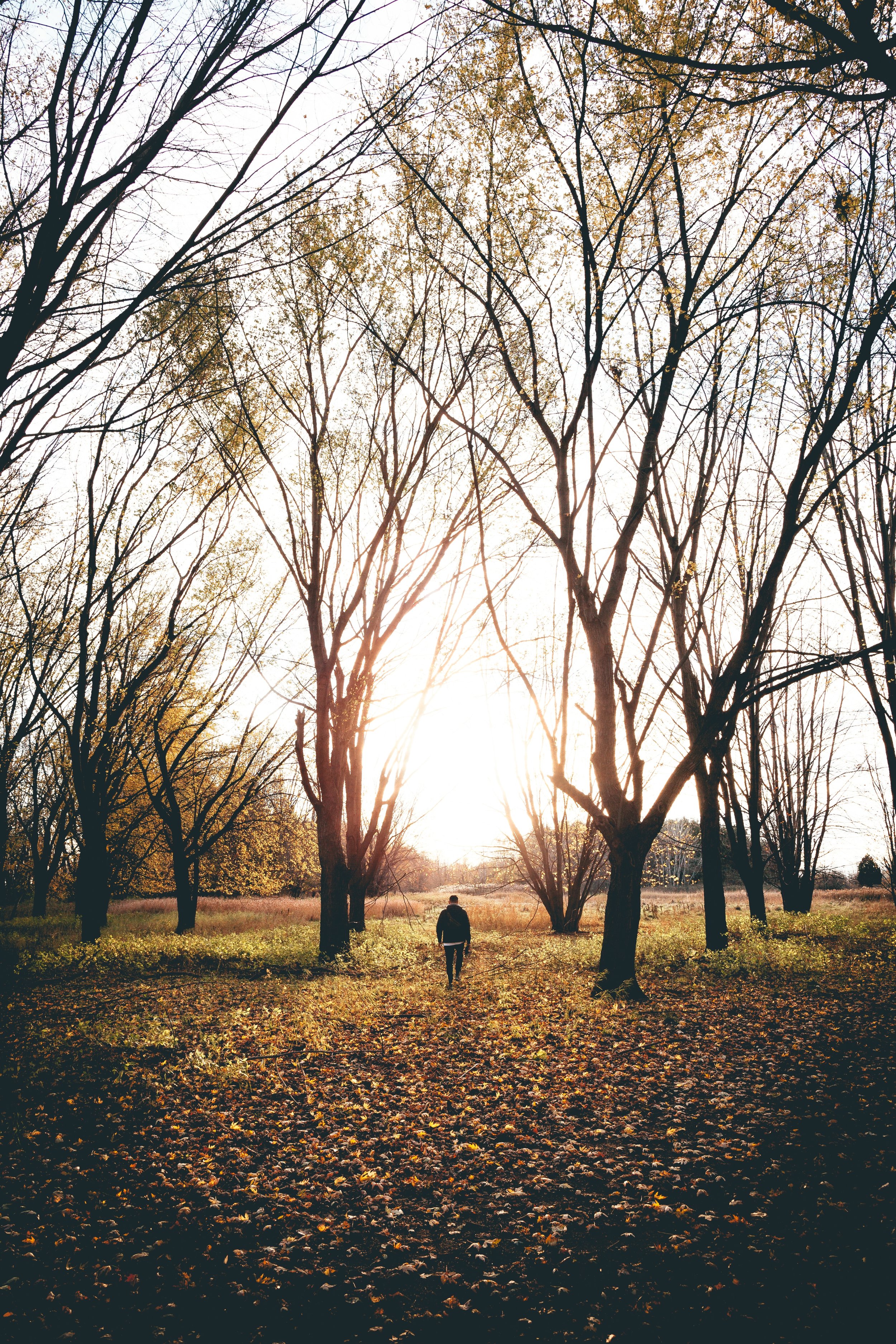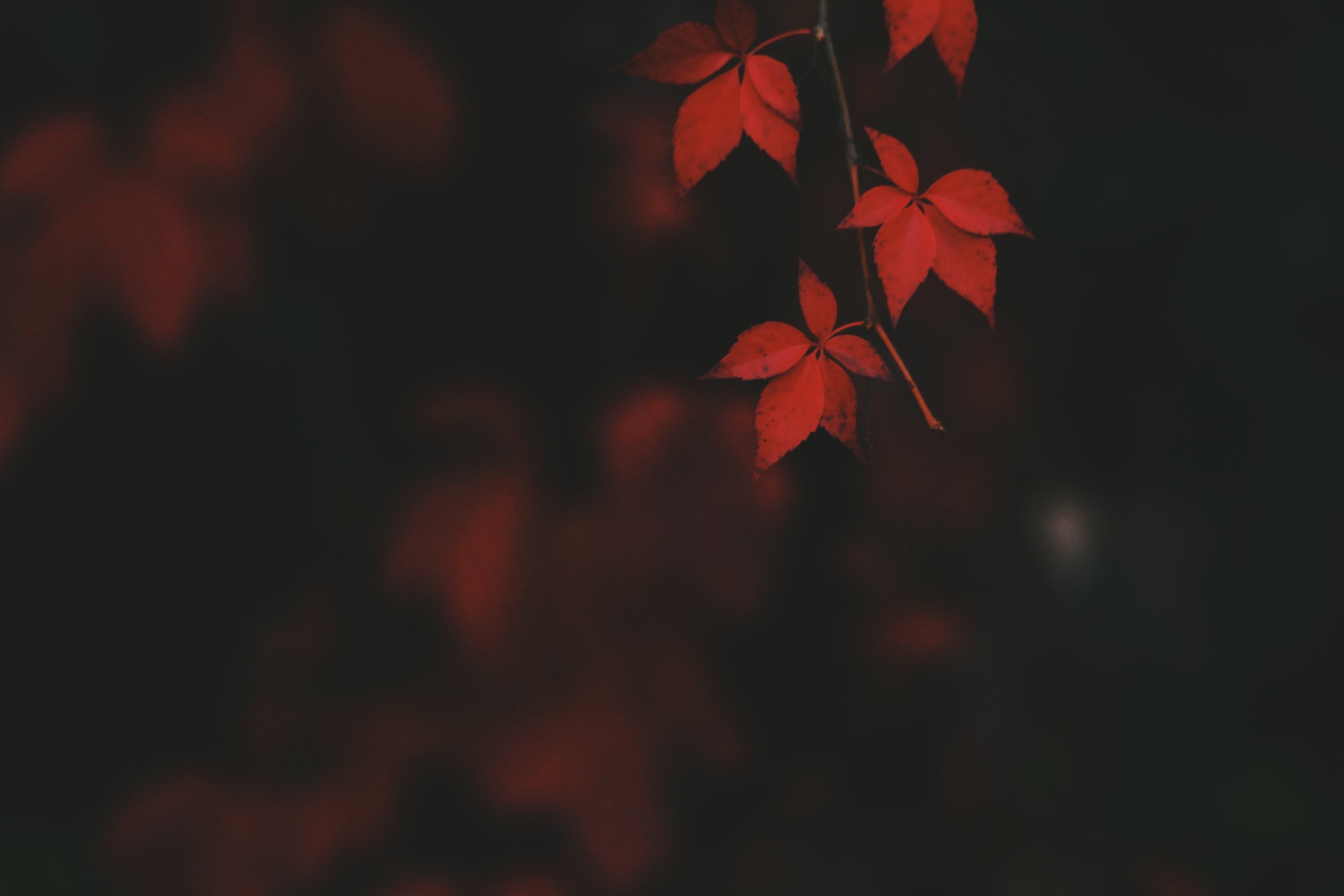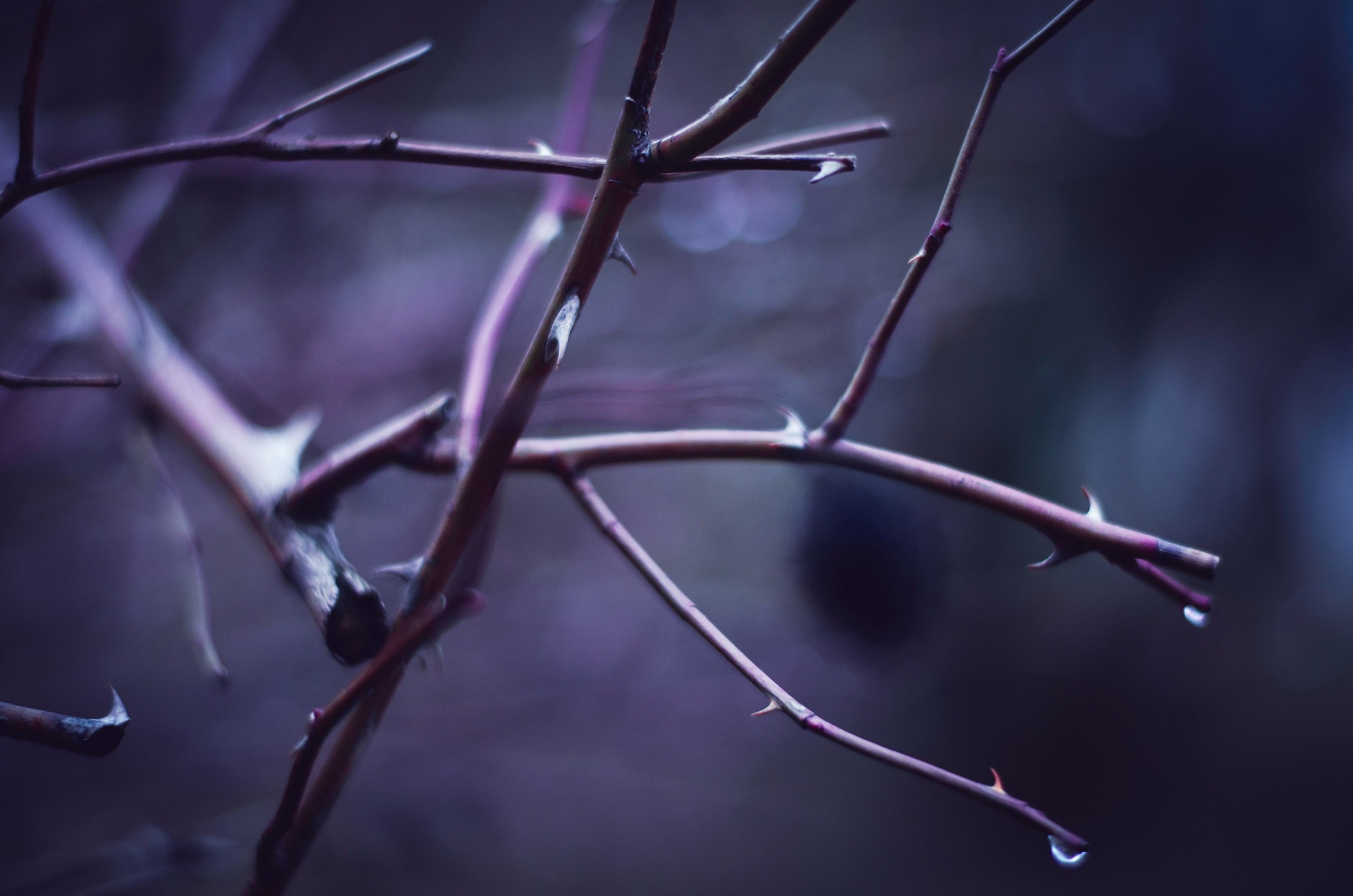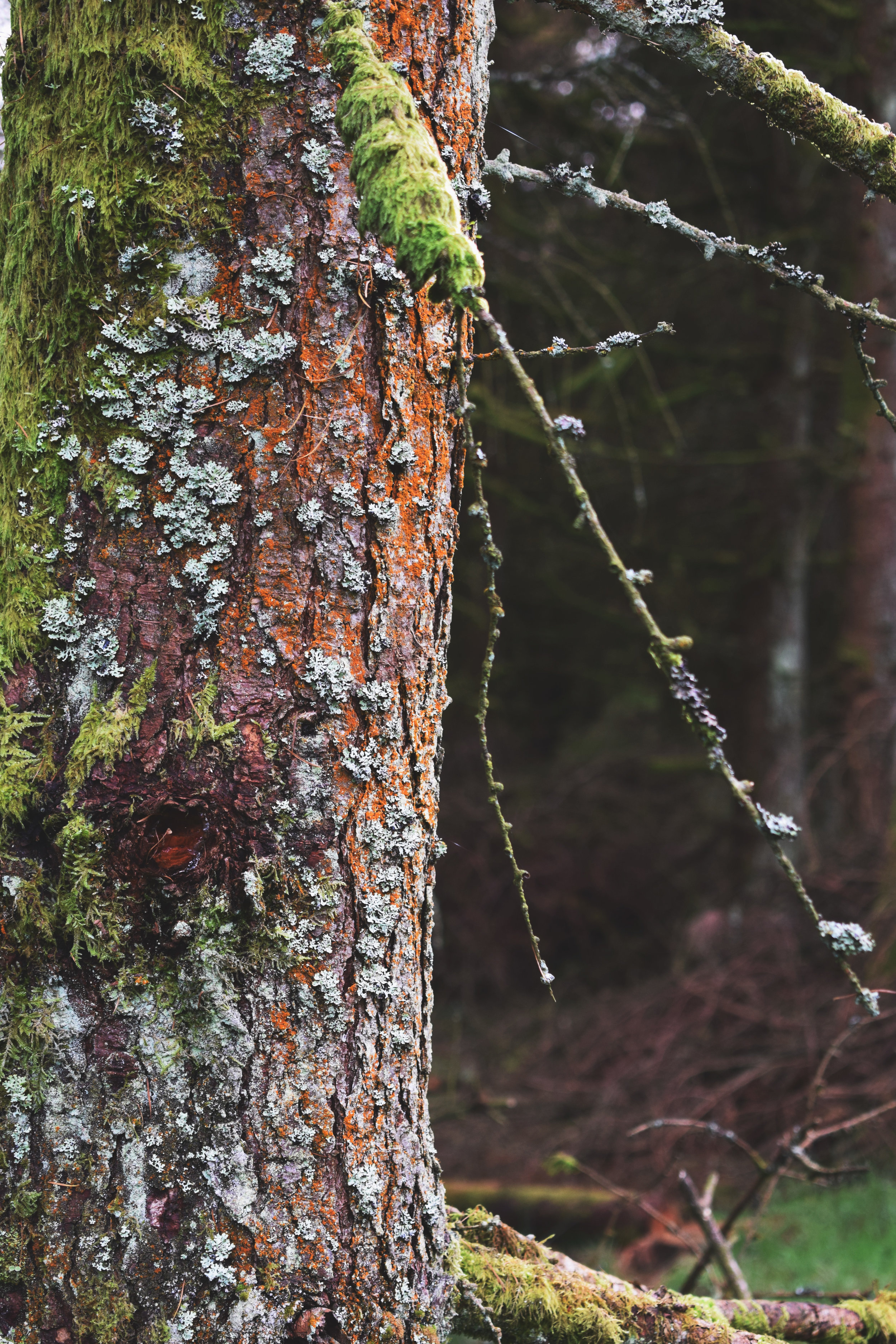All images by Annie Spratt.
We passed through a tunnel of trees to follow a path awash with pheasants before we reached Wilde Lodge - our home for the weekend ahead. Car swiftly emptied, we set about organising for the arrival of our guests for the largest (and last!) Creative Countryside Gathering. They slowly trickled through the door until all 23 of us made our way to the barn for a welcome drink of warming gin.
Once we filled our bellies we soon returned to the darkening barn for a talk from Tiff about darkness itself, and a peek at her new book Dark Skies. We left dreaming of adventures to be had during nights to come.
Saturday began with porridge and much coffee (for me!) before the workshops began. Tiff led us once more as we experimented with illustration, before Mugdha provided freshly brewed Chai tea and an Ayurvedic lunch, followed by an introduction to Ayurveda itself. Filled with knowledge we were called outdoors to be amongst the trees.
Forest bathing and a talk on tree-lore led us peacefully back to the lodge for a short time to rest in solitude, or chatting comfortably with new friends.
Last yea’r’s Autumn Gathering featured an impressive table decoration at the feast (if I do say so myself), so I felt I had much to live up to as the feast neared. Luckily a log-pile provided inspiration and the scene was set for us to feast and talk as the skies darkened around us once more.
Sunday morning rose softly and full of mist, hiding the distant treetops from view. Our morning workshop prepared us for the winter just around the corner, and indeed the wintry weather had already set in. Rain prevented our planned hike, but we braved the wet once more to join for a final grounding session.
The weekend had ended, the gathering of like-minded souls were dissipating, but we each carried with us that warm feeling of community, of friendships formed or re-ignited in person. That warmth stayed with us as we made our solitary ways home, and kept the cold at bay a little longer.


































































